by Alan K. Lee
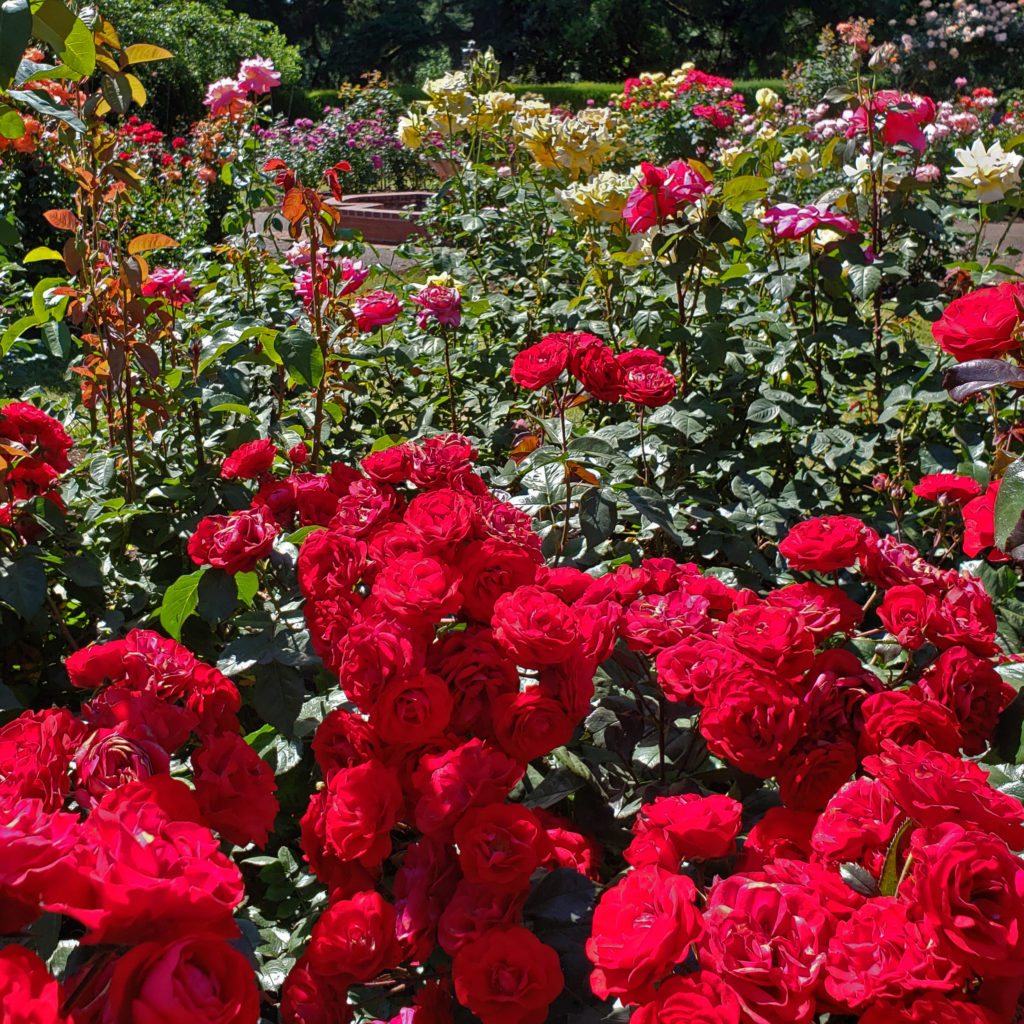 Portland, Oregon is known as the Rose City, and has long had a love affair with roses. The Portland Rose Society has been in existence for more than 130 years. Portland’s premier festival is the annual Rose Festival, held in June every year since 1907. And one of the city’s best, if not the best, botanical gardens is the International Rose Test Garden.
Portland, Oregon is known as the Rose City, and has long had a love affair with roses. The Portland Rose Society has been in existence for more than 130 years. Portland’s premier festival is the annual Rose Festival, held in June every year since 1907. And one of the city’s best, if not the best, botanical gardens is the International Rose Test Garden.
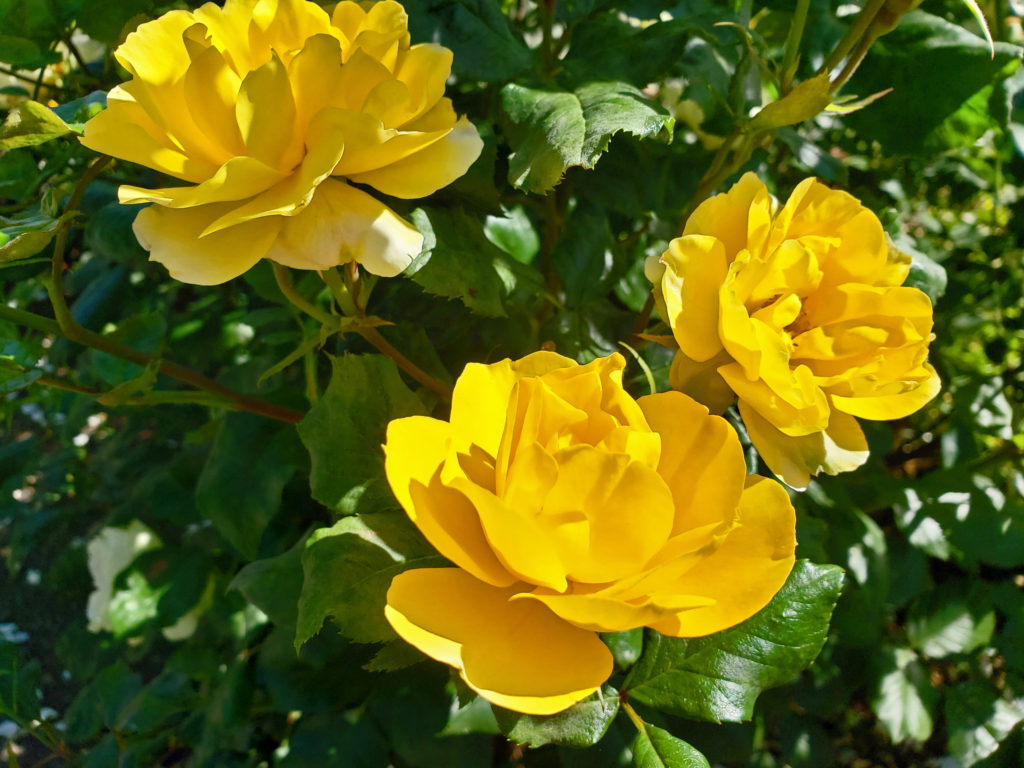 The International Rose Test Garden was conceived in 1915 as a safe haven during World War I for hybrid roses grown in Europe, and rose hybridists in England began sending roses to Portland in 1918. Over the years, other hybridists have sent roses to Portland from all over the world.
The International Rose Test Garden was conceived in 1915 as a safe haven during World War I for hybrid roses grown in Europe, and rose hybridists in England began sending roses to Portland in 1918. Over the years, other hybridists have sent roses to Portland from all over the world.
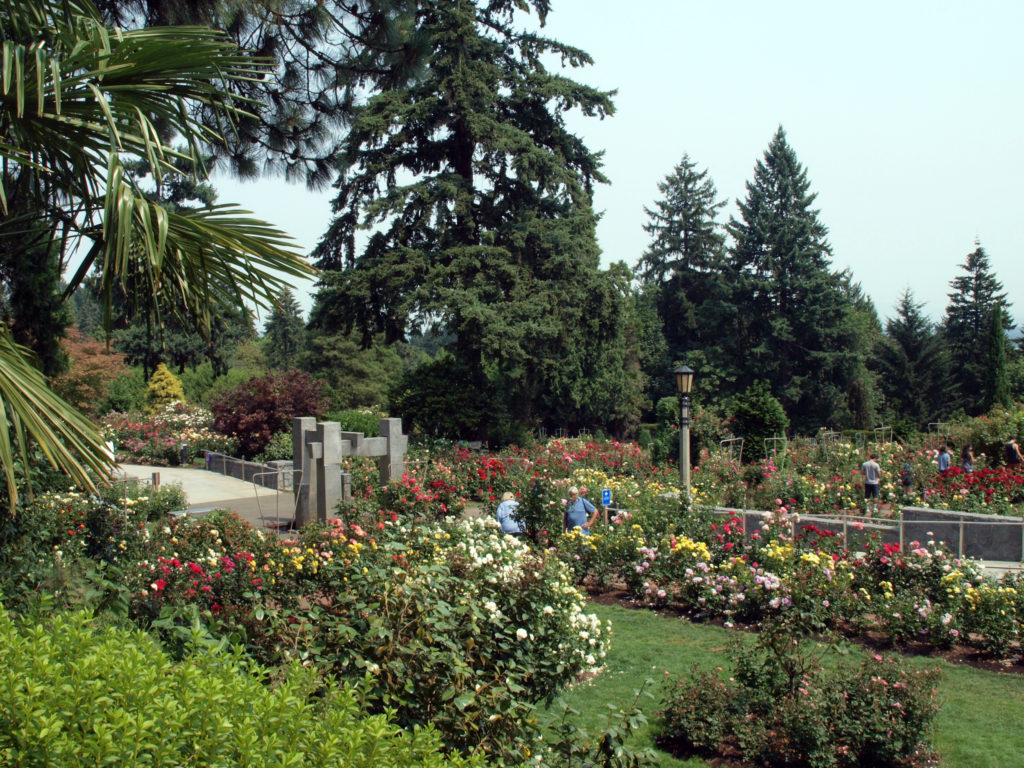 The primary purpose of the Garden is to serve as a testing ground for new rose varieties. The Garden is home to a variety of formal rose evaluation programs in designated test beds. Rose companies send potential variety introductions for evaluation. How each variety performs determines if it makes it onto the
The primary purpose of the Garden is to serve as a testing ground for new rose varieties. The Garden is home to a variety of formal rose evaluation programs in designated test beds. Rose companies send potential variety introductions for evaluation. How each variety performs determines if it makes it onto the
commercial market.
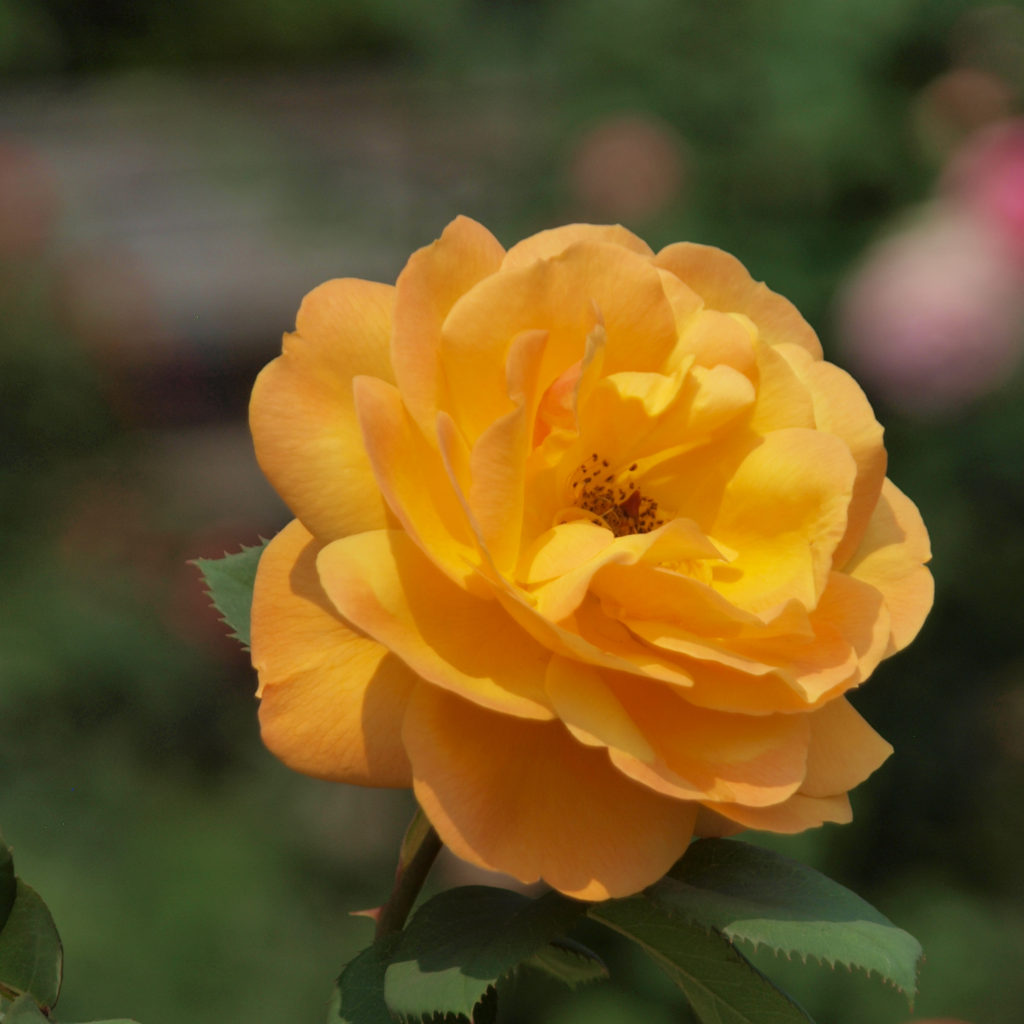 Today, the International Rose Test Garden covers 6.9 acres in Portland’s West Hills, has more than 600 varieties of roses, and has more than 10,000 individual rose bushes. By any measure, that’s a lot of roses, and that draws a lot of people to the garden, not just from the Portland area, but from around the country and other parts of the world.
Today, the International Rose Test Garden covers 6.9 acres in Portland’s West Hills, has more than 600 varieties of roses, and has more than 10,000 individual rose bushes. By any measure, that’s a lot of roses, and that draws a lot of people to the garden, not just from the Portland area, but from around the country and other parts of the world.
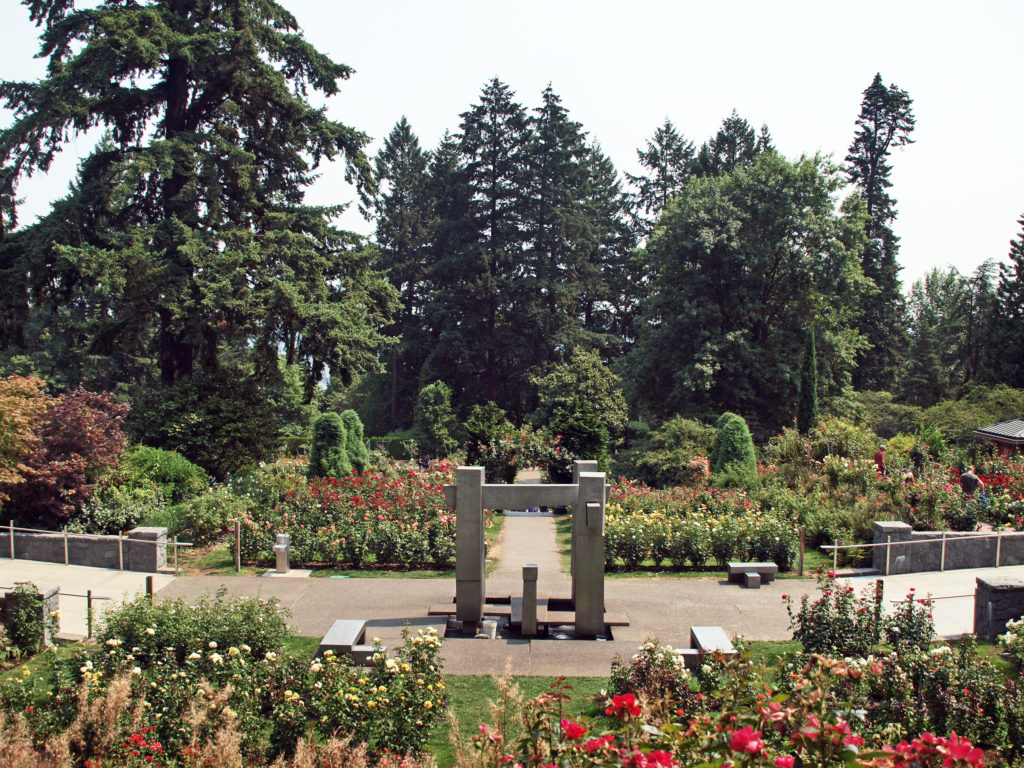 The Rose Garden is located in Washington Park, west of Portland’s downtown. Admission is free. To get there from downtown, take Burnside Street west, turn left onto Tichner Drive, then right onto Kingston Avenue. The Rose Garden will be on your left, behind the public tennis courts. Parking is limited, though, and will be hard to find on a summer weekend. Come on a weekday, if possible, and come early in the day to have the best chance to find a spot. Or consider parking in the downtown area and taking the Washington Park free shuttle.
The Rose Garden is located in Washington Park, west of Portland’s downtown. Admission is free. To get there from downtown, take Burnside Street west, turn left onto Tichner Drive, then right onto Kingston Avenue. The Rose Garden will be on your left, behind the public tennis courts. Parking is limited, though, and will be hard to find on a summer weekend. Come on a weekday, if possible, and come early in the day to have the best chance to find a spot. Or consider parking in the downtown area and taking the Washington Park free shuttle.
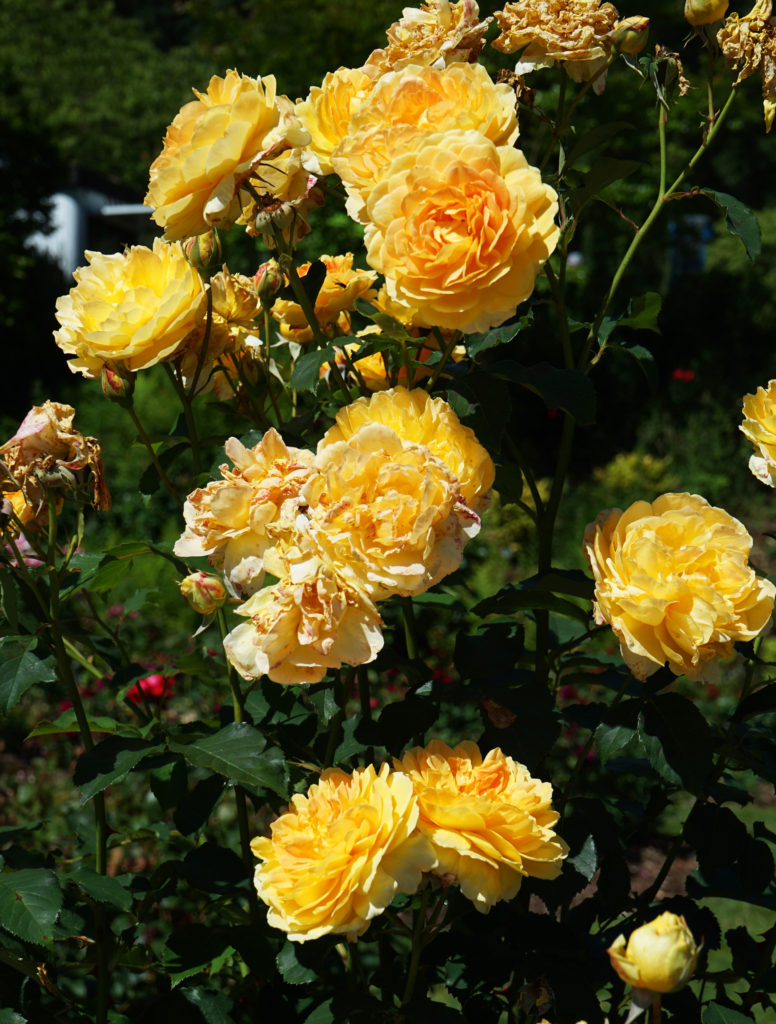
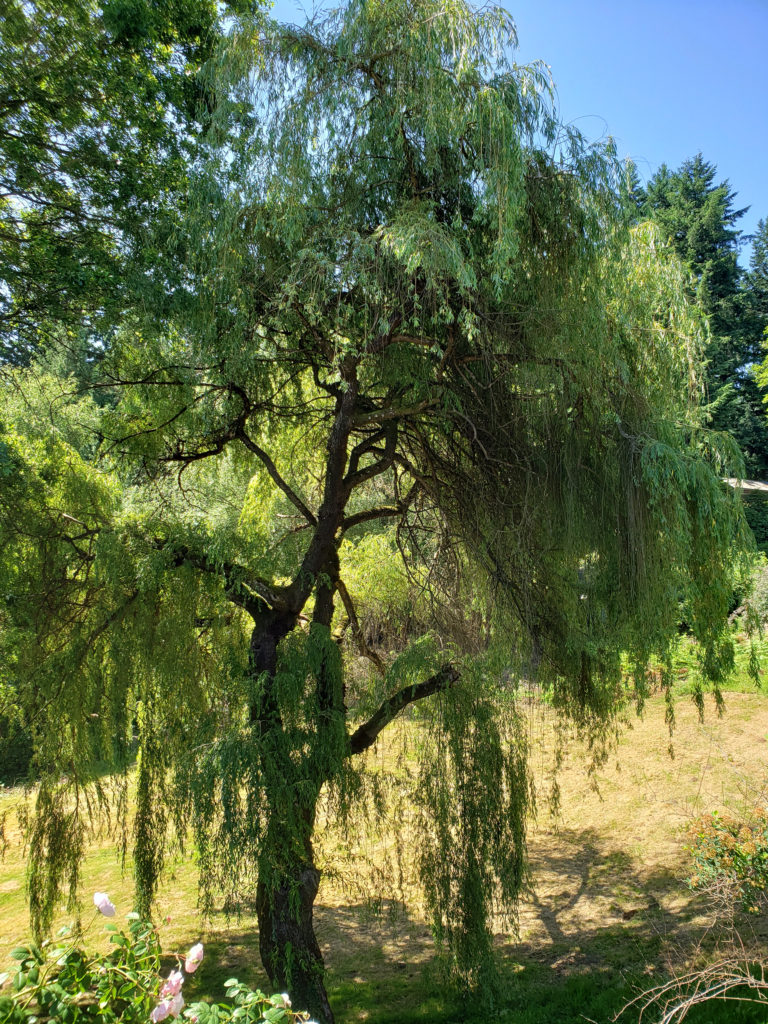 If you want a souvenir of your visit, or information on growing roses, check out the Rose Garden Store, located just south of the garden itself. Proceeds from the store go to support the Portland Rose Festival Foundation.
If you want a souvenir of your visit, or information on growing roses, check out the Rose Garden Store, located just south of the garden itself. Proceeds from the store go to support the Portland Rose Festival Foundation.
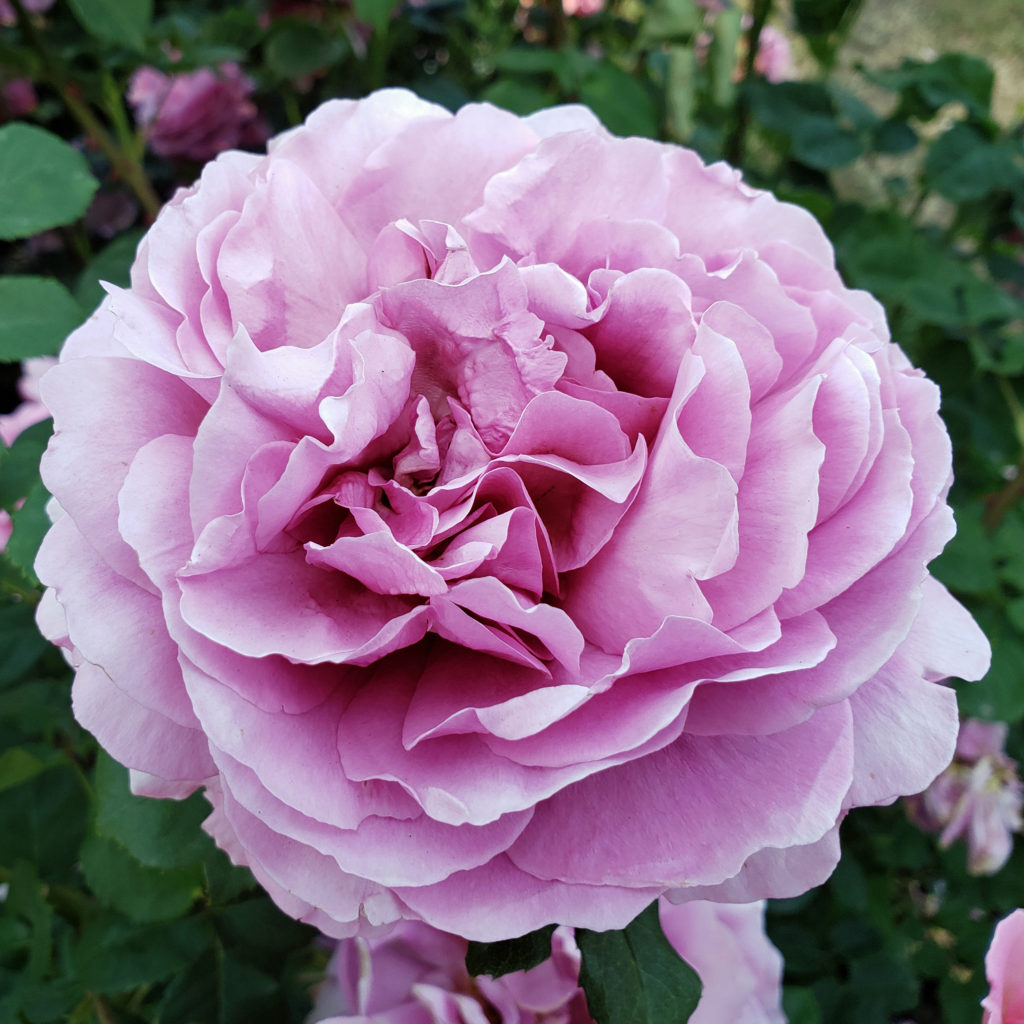

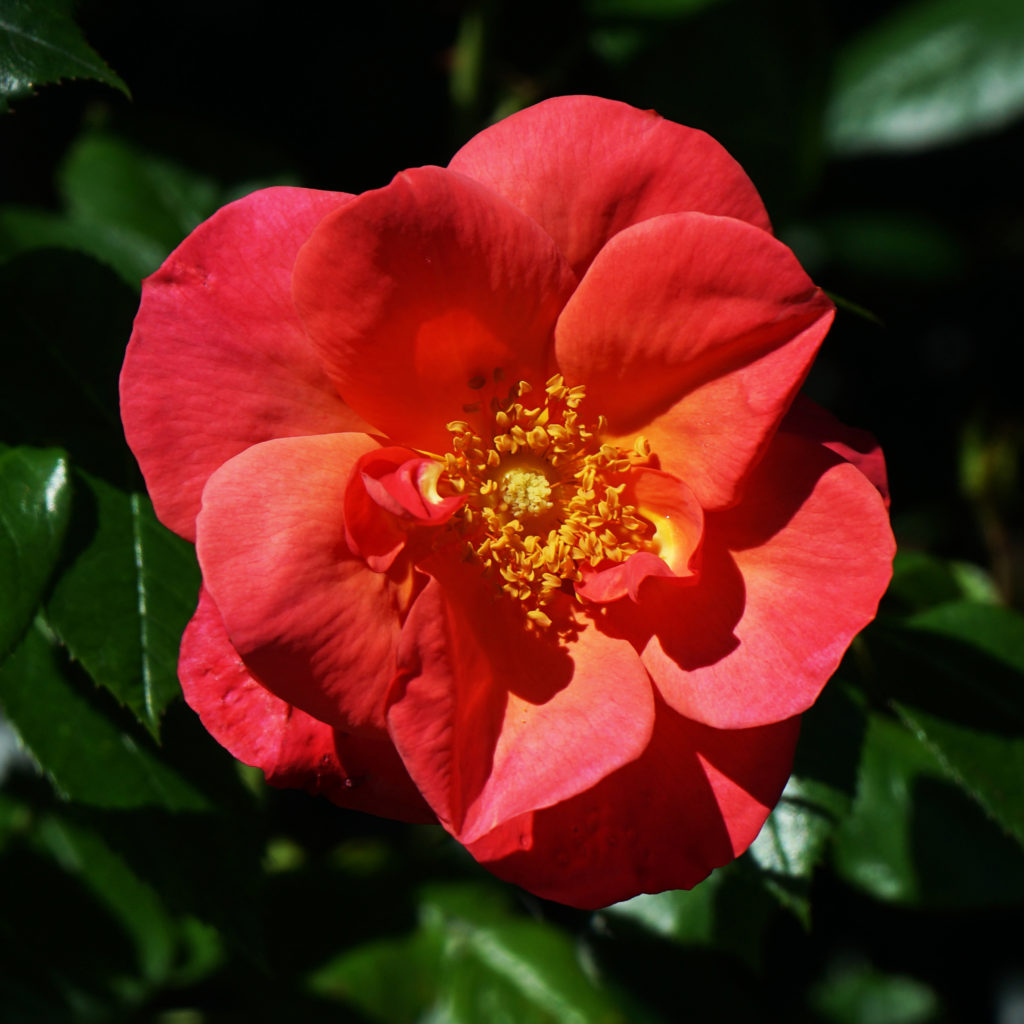
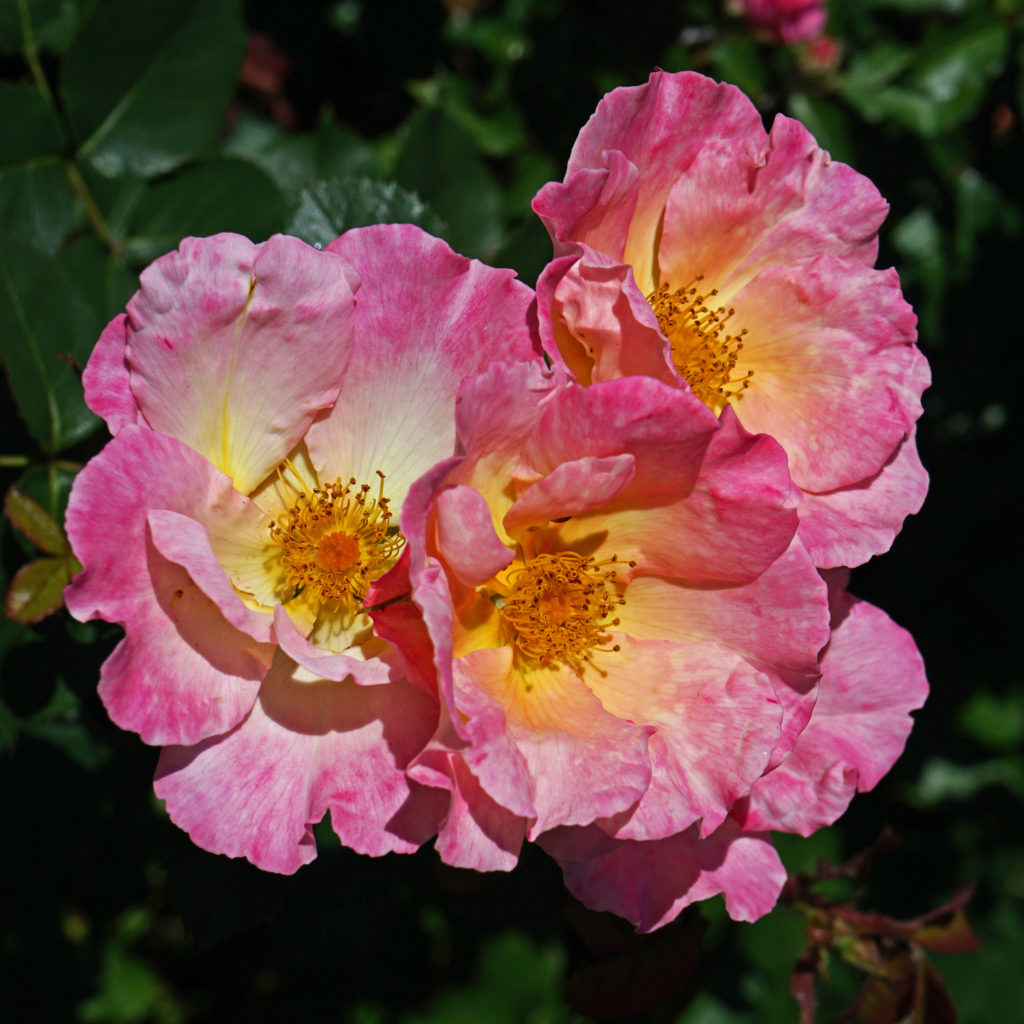 Washington Park has enough attractions in addition to the Rose Garden that you can easily make a day of it. Directly west of the Rose Garden is the Portland Japanese Garden, one of the finest Japanese gardens outside of Japan itself. It’s also home to the Oregon Zoo, the World Forestry Center, the Portland Children’s Museum, the Oregon Vietnam Veterans Memorial, and Hoyt Arboretum. And for hikers there are a variety of trails, including the Wildwood Trail which runs for more than 20 miles through Washington Park and Forest Park, the largest forested city park in the country.
Washington Park has enough attractions in addition to the Rose Garden that you can easily make a day of it. Directly west of the Rose Garden is the Portland Japanese Garden, one of the finest Japanese gardens outside of Japan itself. It’s also home to the Oregon Zoo, the World Forestry Center, the Portland Children’s Museum, the Oregon Vietnam Veterans Memorial, and Hoyt Arboretum. And for hikers there are a variety of trails, including the Wildwood Trail which runs for more than 20 miles through Washington Park and Forest Park, the largest forested city park in the country.
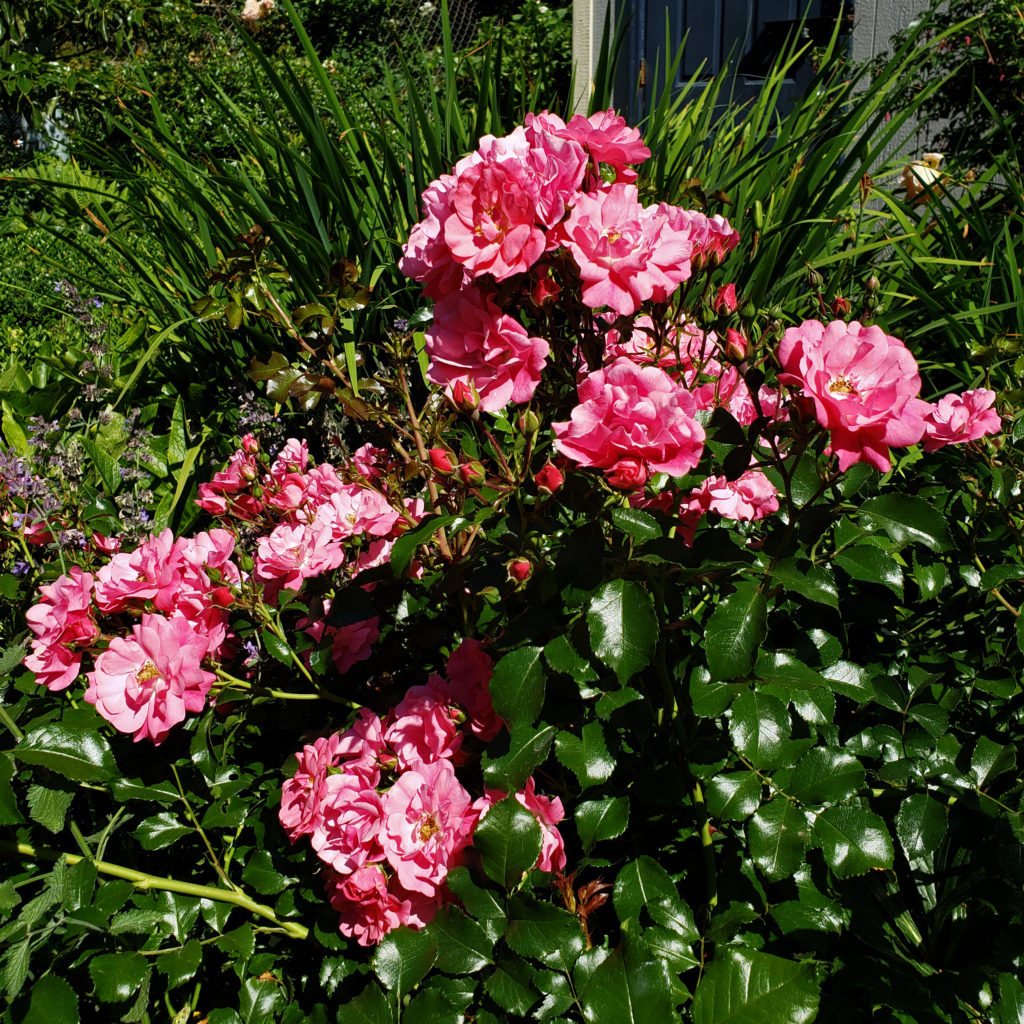
 The International Rose Test Garden is one of Portland’s top attractions for obvious reasons, and a place all visitors to Portland should see before they leave.
The International Rose Test Garden is one of Portland’s top attractions for obvious reasons, and a place all visitors to Portland should see before they leave.
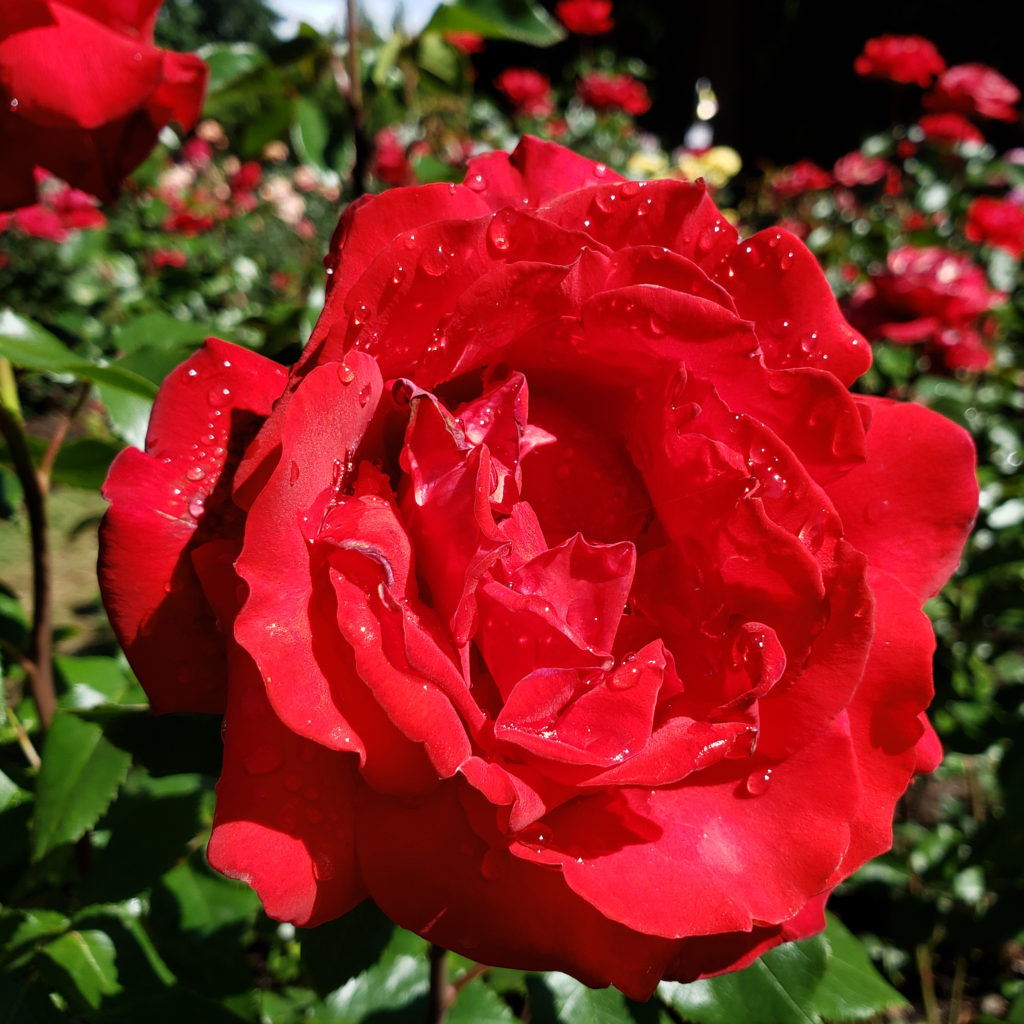 Posted March 16, 2022
Posted March 16, 2022
All photos © Alan K. Lee


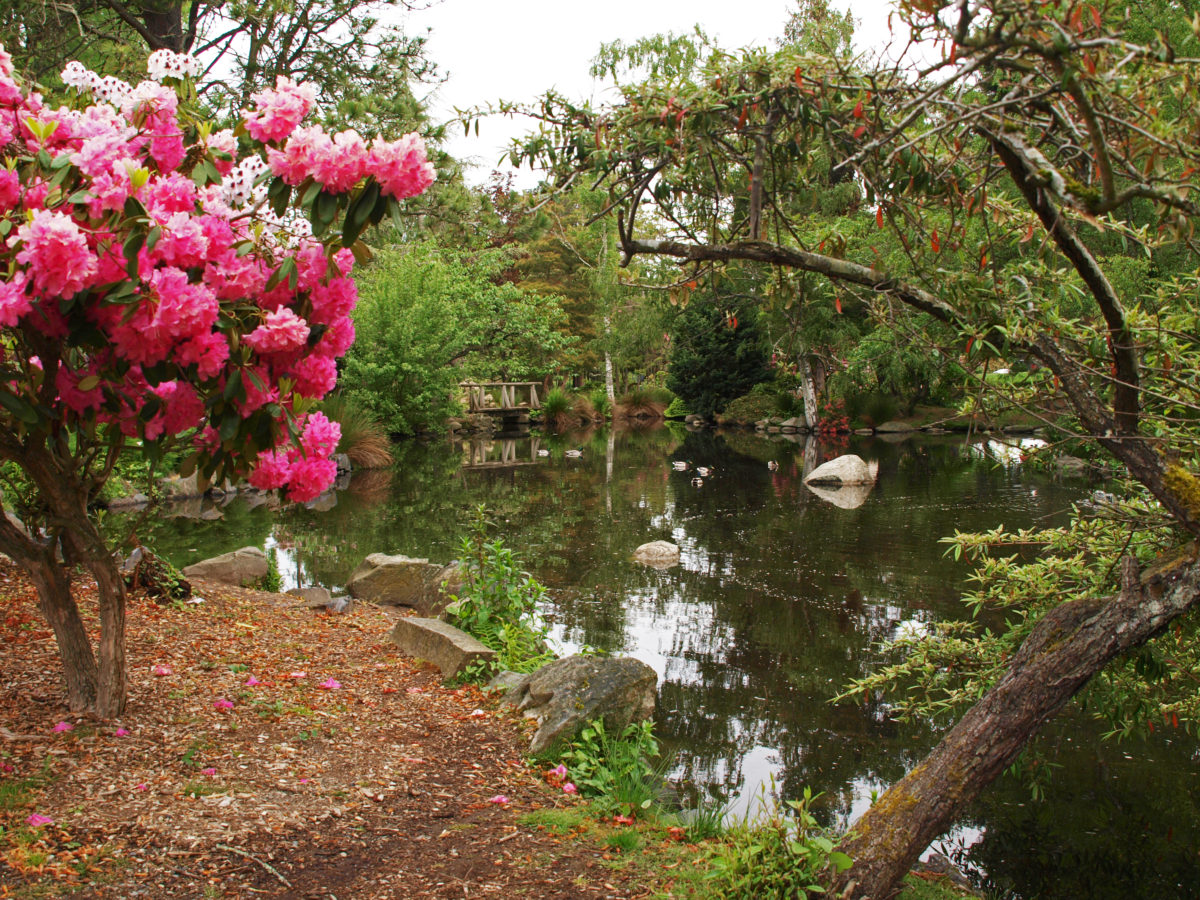
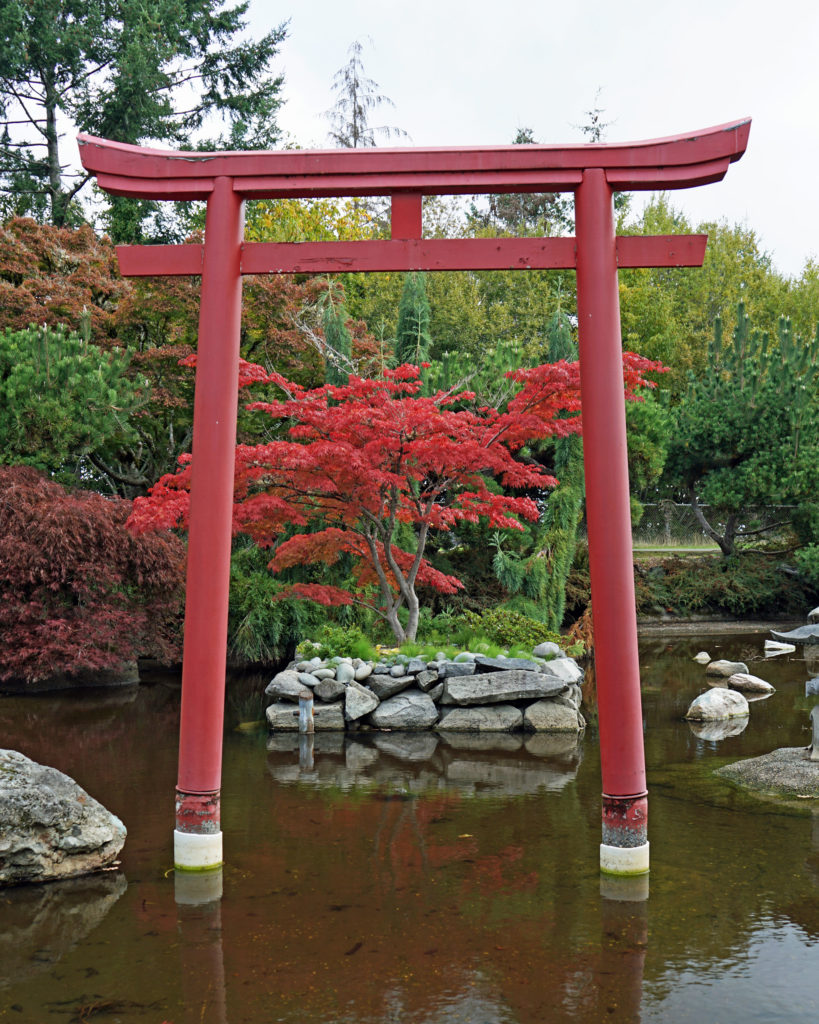 If you’ve never been to Point Defiance, check out the park’s
If you’ve never been to Point Defiance, check out the park’s 
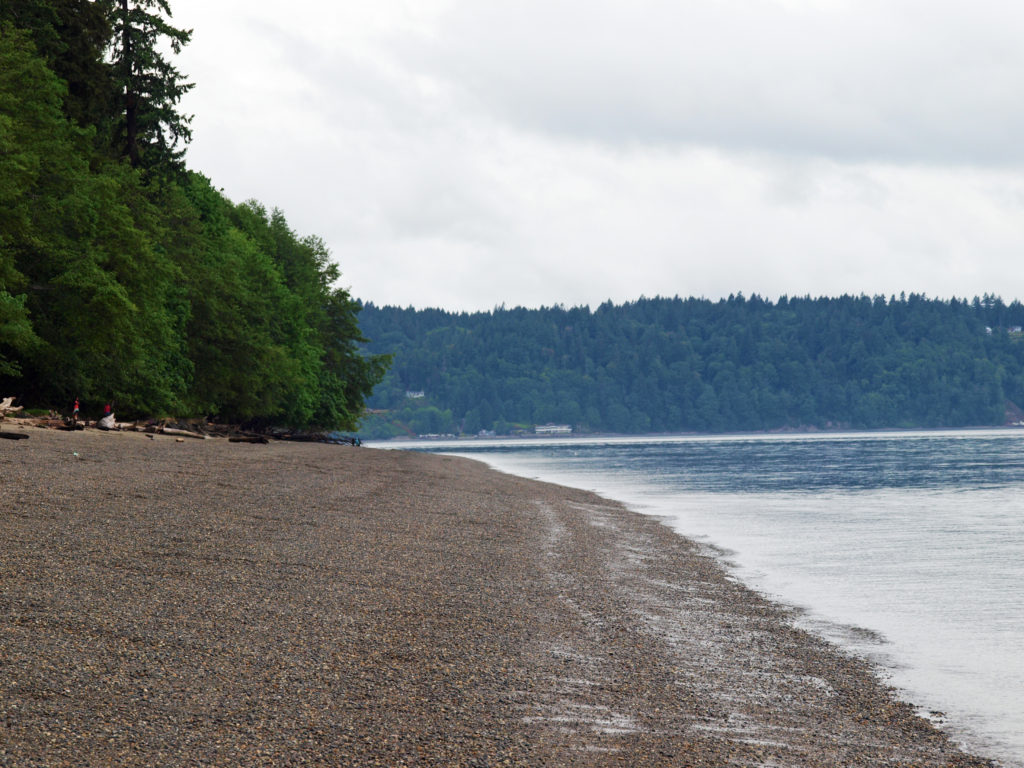
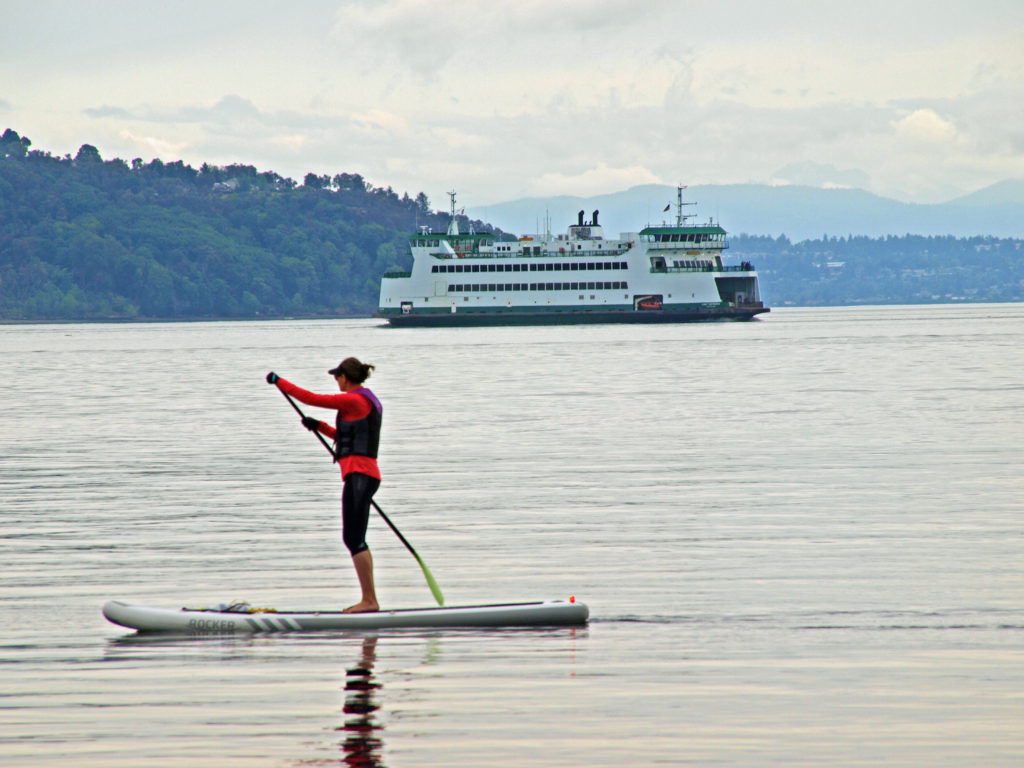 There is a wide, paved, ADA accessible path (the Promenade) connecting the beach with the marina area of the park and the Point Ruston Waterwalk, giving unhindered pedestrian and bicycle access to the park from the Tacoma waterfront. And a construction project completed in 2022 expanded the parking lot, created new entry and exit paths for pedestrians and cyclists separated from the vehicle roadway, a new beach pavilion, new restrooms, a new ADA accessible children’s playground, new ADA accessible plazas and pathways, and a renovated WPA-era picnic shelter.
There is a wide, paved, ADA accessible path (the Promenade) connecting the beach with the marina area of the park and the Point Ruston Waterwalk, giving unhindered pedestrian and bicycle access to the park from the Tacoma waterfront. And a construction project completed in 2022 expanded the parking lot, created new entry and exit paths for pedestrians and cyclists separated from the vehicle roadway, a new beach pavilion, new restrooms, a new ADA accessible children’s playground, new ADA accessible plazas and pathways, and a renovated WPA-era picnic shelter.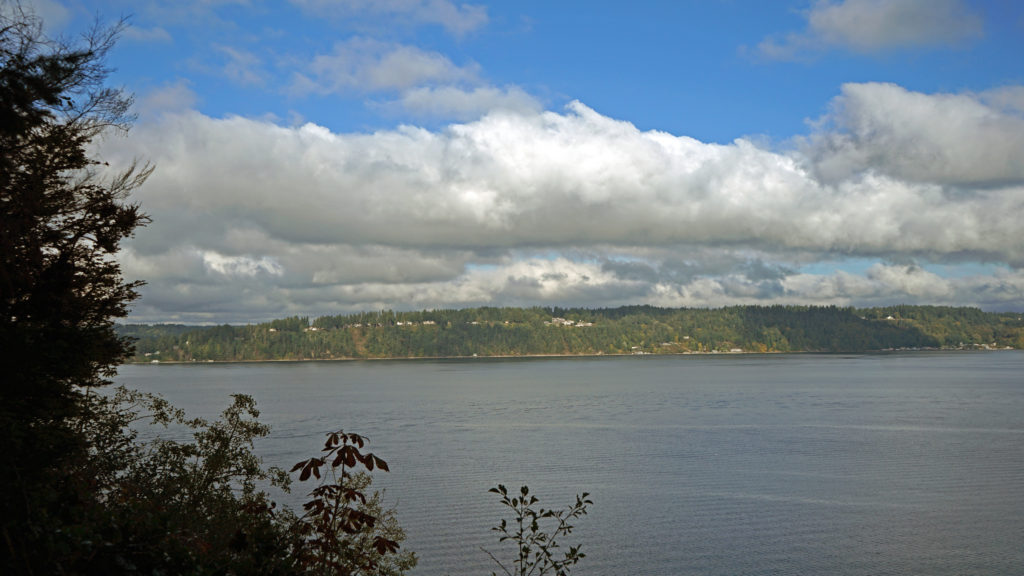 The outer loop of the Five Mile Drive provides numerous waterfront access points with views across Dalco Passage to Vashon Island and across The Narrows to the
The outer loop of the Five Mile Drive provides numerous waterfront access points with views across Dalco Passage to Vashon Island and across The Narrows to the 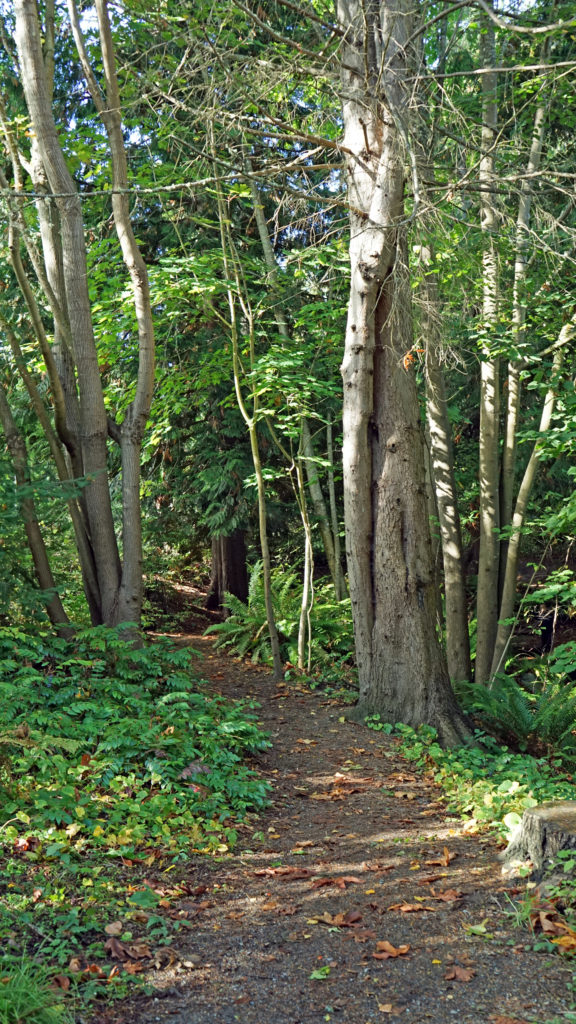 The outer loop is closed to vehicular traffic part of the day to give cyclists, runners, and pedestrians access to the northern half of the park free from conflicts with motor vehicles. On our most recent visit it was closed after 2:00 pm, but on our previous visit it was, I believe, closed in the morning. Check the Point Defiance Park website (linked above) for the current schedule if you plan to visit the park.
The outer loop is closed to vehicular traffic part of the day to give cyclists, runners, and pedestrians access to the northern half of the park free from conflicts with motor vehicles. On our most recent visit it was closed after 2:00 pm, but on our previous visit it was, I believe, closed in the morning. Check the Point Defiance Park website (linked above) for the current schedule if you plan to visit the park.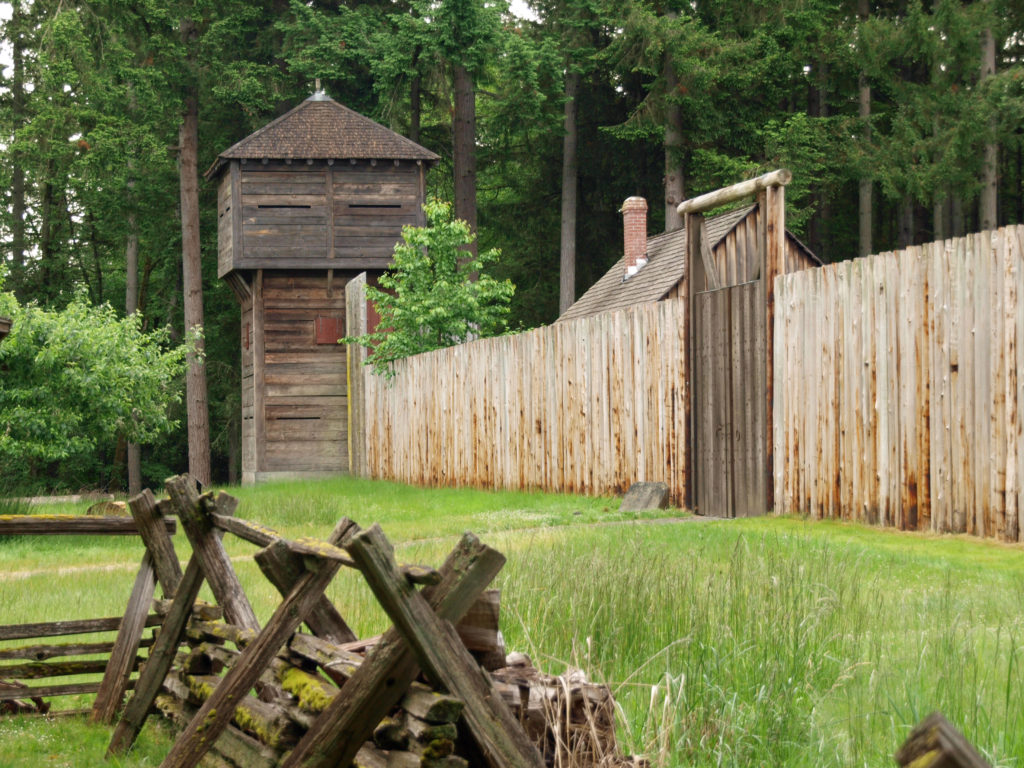


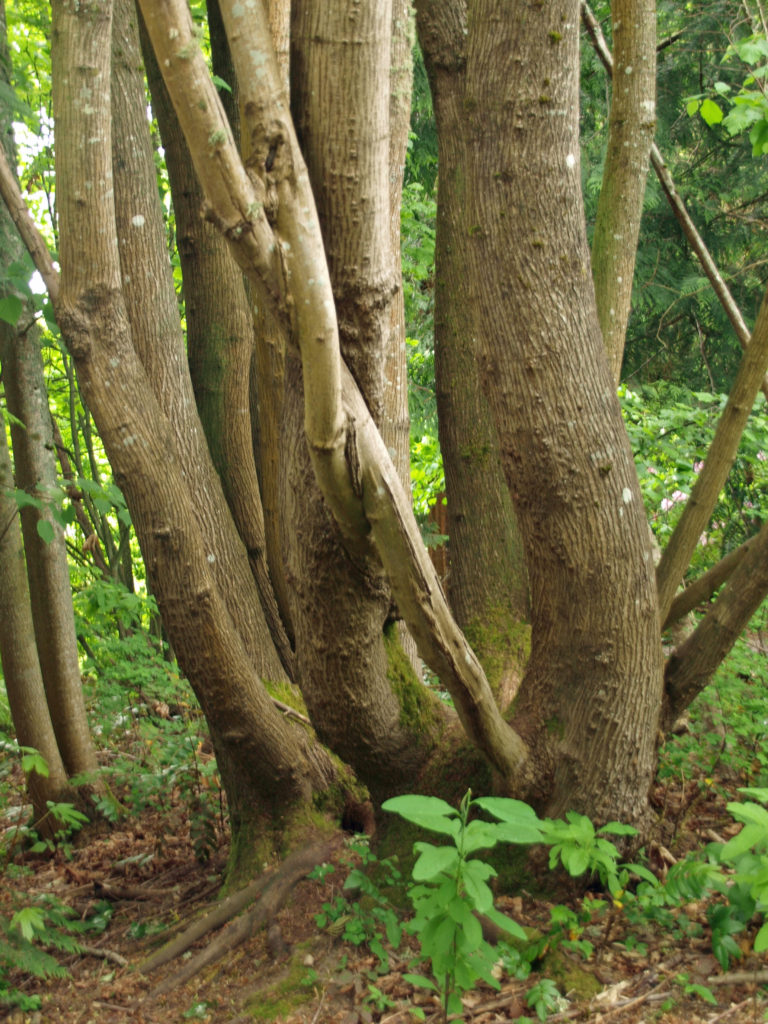
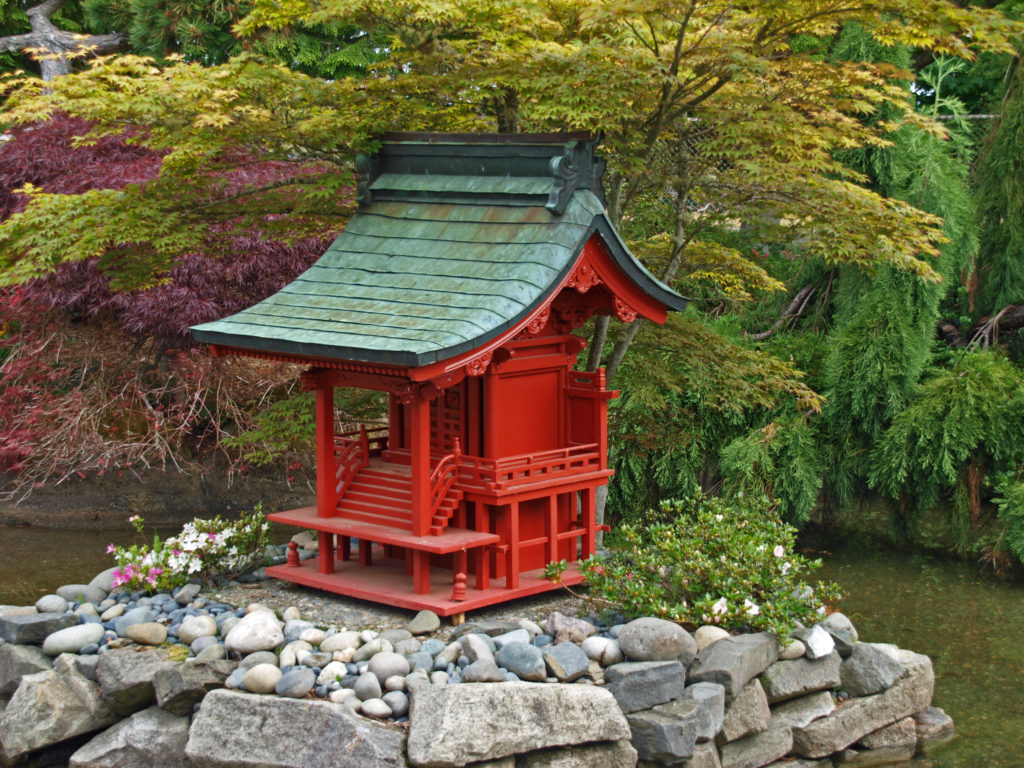
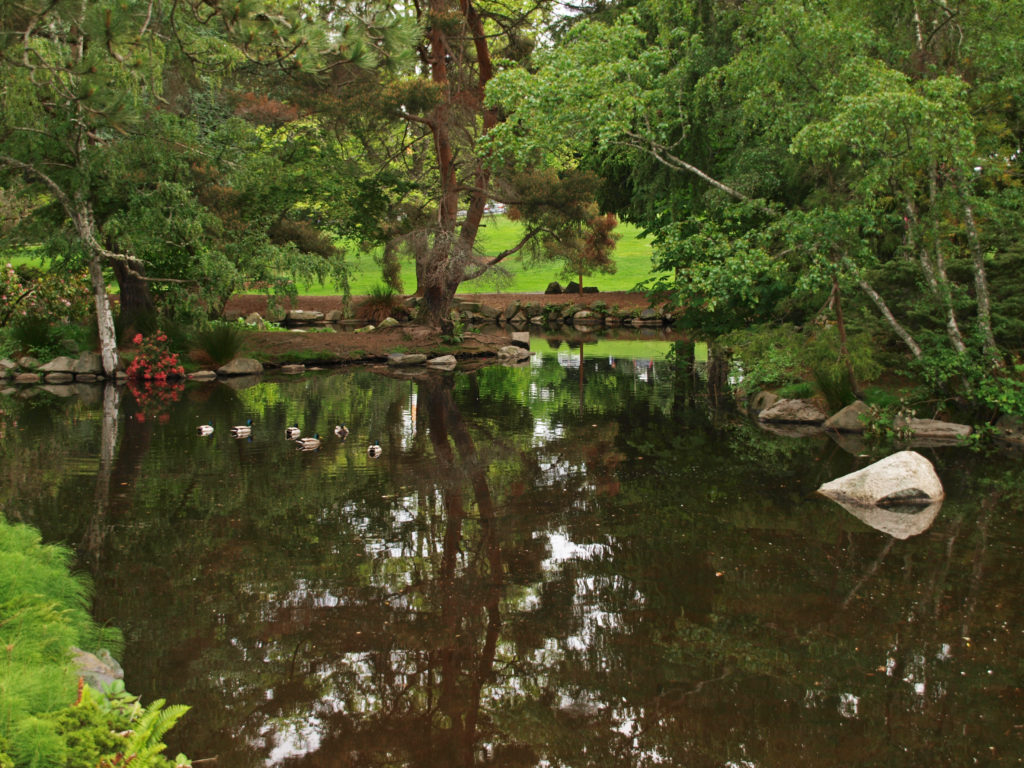 On both of our recent visits our final, and longest, stop was at the botanical gardens area near the entrance to the park. Here there is a large pond with a waterfall, an herb garden, a large rose garden, a dahlia garden, an iris garden, and a Japanese garden. We could easily have spent even more time here than we did on either visit. And if you visit the
On both of our recent visits our final, and longest, stop was at the botanical gardens area near the entrance to the park. Here there is a large pond with a waterfall, an herb garden, a large rose garden, a dahlia garden, an iris garden, and a Japanese garden. We could easily have spent even more time here than we did on either visit. And if you visit the 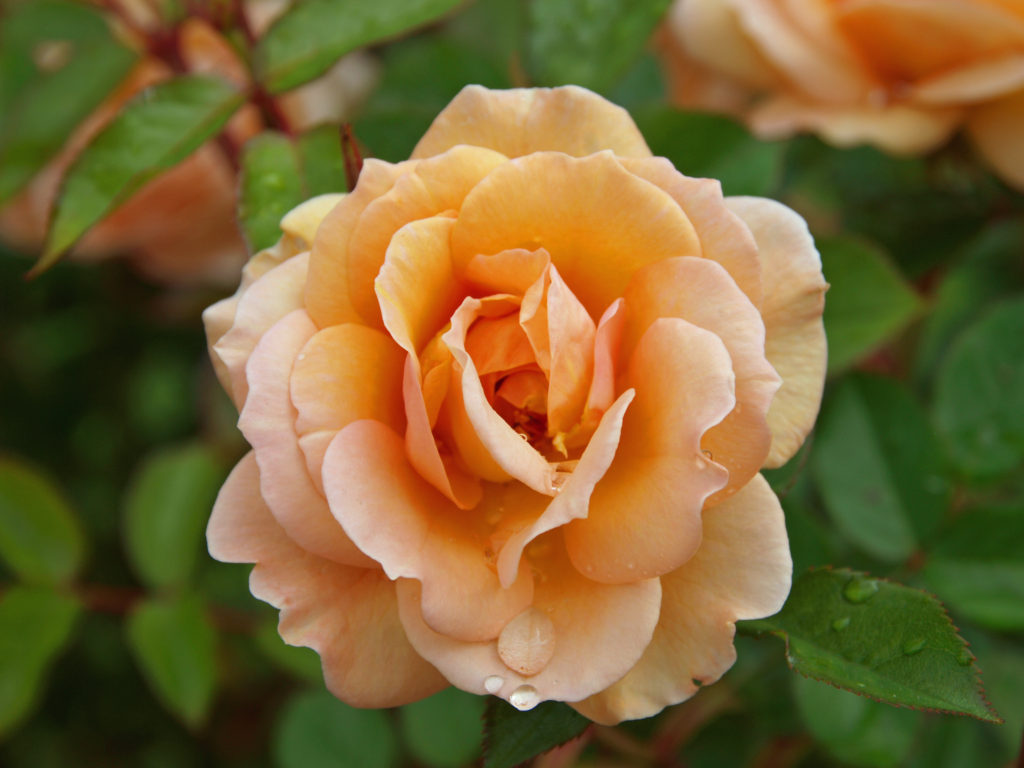 Point Defiance Park is one of the largest, and best, city parks in the Pacific Northwest. The park is similar in many ways to Vancouver, BC’s Stanley Park. Point Defiance is, without question, one of Tacoma’s top attractions.
Point Defiance Park is one of the largest, and best, city parks in the Pacific Northwest. The park is similar in many ways to Vancouver, BC’s Stanley Park. Point Defiance is, without question, one of Tacoma’s top attractions.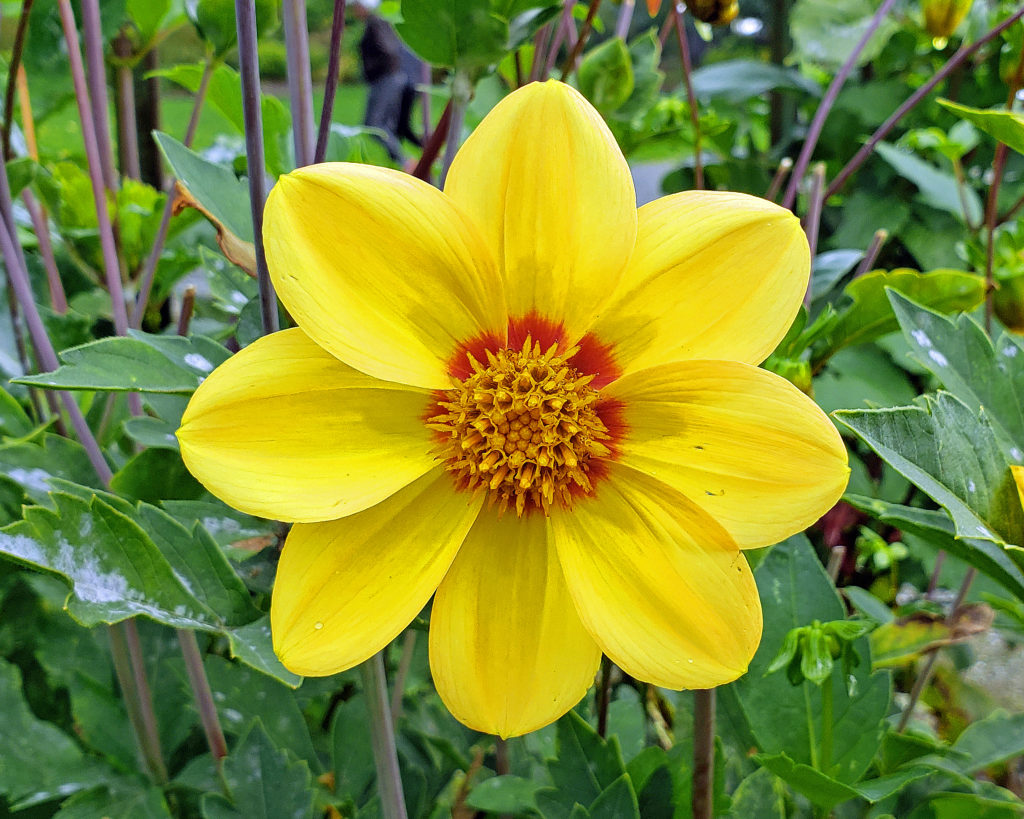 Originally posted May 19, 2019. Most recently updated February 18, 2025.
Originally posted May 19, 2019. Most recently updated February 18, 2025.